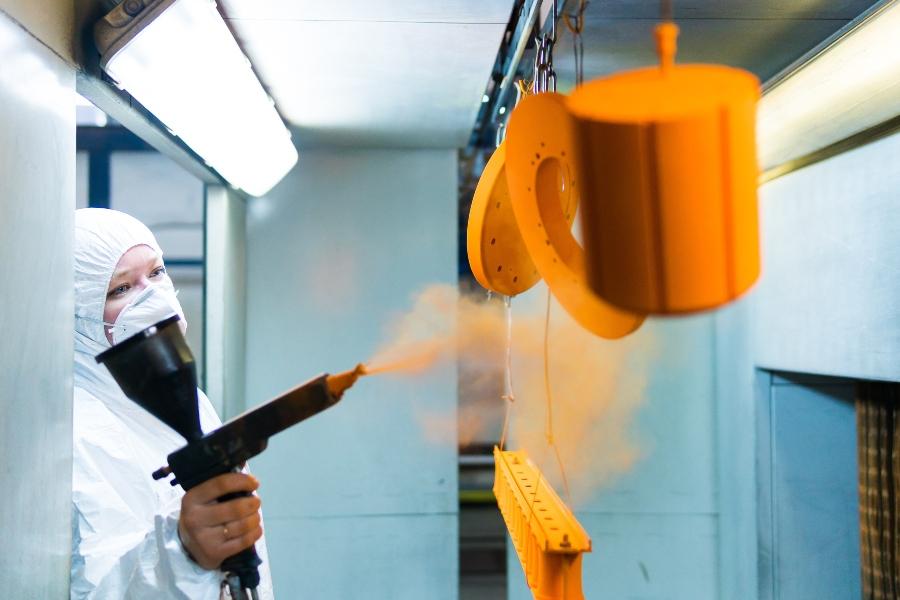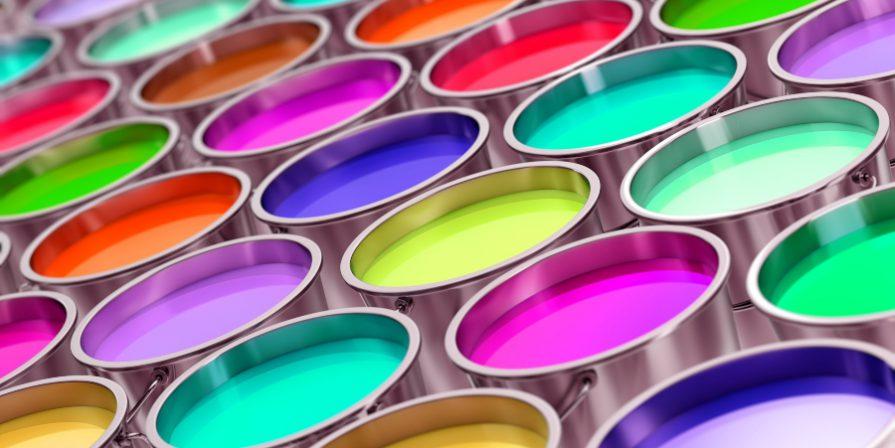« What influences the paint quality »
In surface treatment, paints and coatings are applied to components to protect them from environmental damage, enhance their appearance, or modify surface properties. Paint ingredients form a complex system tailored to the intended function and the material being coated – and they play a critical role in determining overall paint quality. The wide range of applications and materials has led to the development of many diverse paint systems, optimized for specific needs.
Key Components of Paint and Their Functions
At the core of any paint system is the binder. It forms a thin, solid film on the surface through physical or chemical processes and largely determines the properties of the coating. Other ingredients are evenly dispersed within the binder. Depending on the system, these may include fillers, pigments, solvents, and additives.
- Fillers add volume and reduce the need for expensive pigments.
- Pigments provide color and visual effects.
- Solvents keep the paint fluid for application and evaporate as the paint dries.
- Additives enhance application, durability, or specific technical properties.
Not all paints include pigments or solvents. For example, clear coatings do not require pigments, and powder coatings eliminate the need for solvents.
Binders
Different binders determine the performance and application range of a paint system. These include natural oils and resins, synthetic resins, and modern polymers.
Drying Oils
Common drying oils used as binders include linseed oil, stand oil (heat-treated linseed oil), sunflower oil, hemp oil, and soybean oil. These are dissolved in organic solvents or water to keep the paint spreadable. As the solvent evaporates, the oils react with oxygen from the air and gradually cure.
Alkyd Resins
Formed by reacting polyalcohols with fatty acids, alkyd resins dry faster than natural oils, offer higher gloss, and allow for greater control of coating characteristics. They are often combined with drying oils in paint formulations.
Polyacrylates
Polyacrylates are plastic particles dispersed in water with a small amount of solvent, creating a mixture called a dispersion, hence the name dispersion paint.
Epoxy Resins
Epoxy coatings are often applied as two-component systems. Mixing resin with a hardener initiates a chemical reaction that forms polymers. Curing can take up to 12 hours at room temperature but can be completed in as little as 30 minutes at 120 °C (248 °F). One-component systems (baking enamels) are also used and require an even higher temperatures of 160–200 °C (320–392 °F) to cure sufficiently

Polyurethanes
These reactive coatings are usually one- or multi-component systems with high organic solvent content. They react with air and each other to form coatings that are mechanically strong and chemically resistant.
Pigments
Pigments provide color. Common examples include:
- Titanium dioxide (white)
- Iron oxides (red, yellow, black)
- Chromium (III) oxide (green)
- Ultramarine (blue)
Metallic effects are achieved using aluminum powder.
Fillers
Typical fillers such as chalk, kaolin, and barite are inexpensive and help reduce pigment usage. They also enhance mechanical properties, surface texture, and gloss control.
Additives
Additives are included to improve application, enhance elasticity, enable special effects, speed up drying or curing, and ensure long-term durability.

Solvents
Solvents homogenize the paint mixture and ensure it can be applied smoothly by brush or spray. The solvents gradually evaporate during drying. Because organic solvents may pose health and environmental risks, water-based alternatives are gaining popularity. VOC regulations by the EPA limit solvent use in many coating types.
What Determines Paint Quality?
Choosing the Right Paint System
Selecting the right system is key to achieving a durable coating. Factors to consider include:
- Substrate material
- Expected mechanical and chemical stress
- Environmental exposure
In industrial settings, detailed specifications are commonly available and used to guide selection. In smaller-scale or private applications, consulting an expert is highly recommended to ensure optimal results.
Surface Preparation
Clean surfaces are essential for proper adhesion. Contaminants such as oil, grease, rust, or dust must be completely removed. Industrial applications often use conversion coatings on metal to improve corrosion resistance and provide a stable base for painting.
Application Process
Even the best formulation needs proper handling to deliver outstanding results. Always follow the manufacturer’s guidance, including:
- Preparing the surface properly
- Respecting recommended temperature and humidity conditions
- Ensuring correct mixing ratios
- Using suitable tools
- Applying the correct layer structure (primer, intermediate coat, topcoat)
- Controlling coat thickness
- Providing proper drying or curing time
 Kluthe Magazine
Kluthe Magazine






